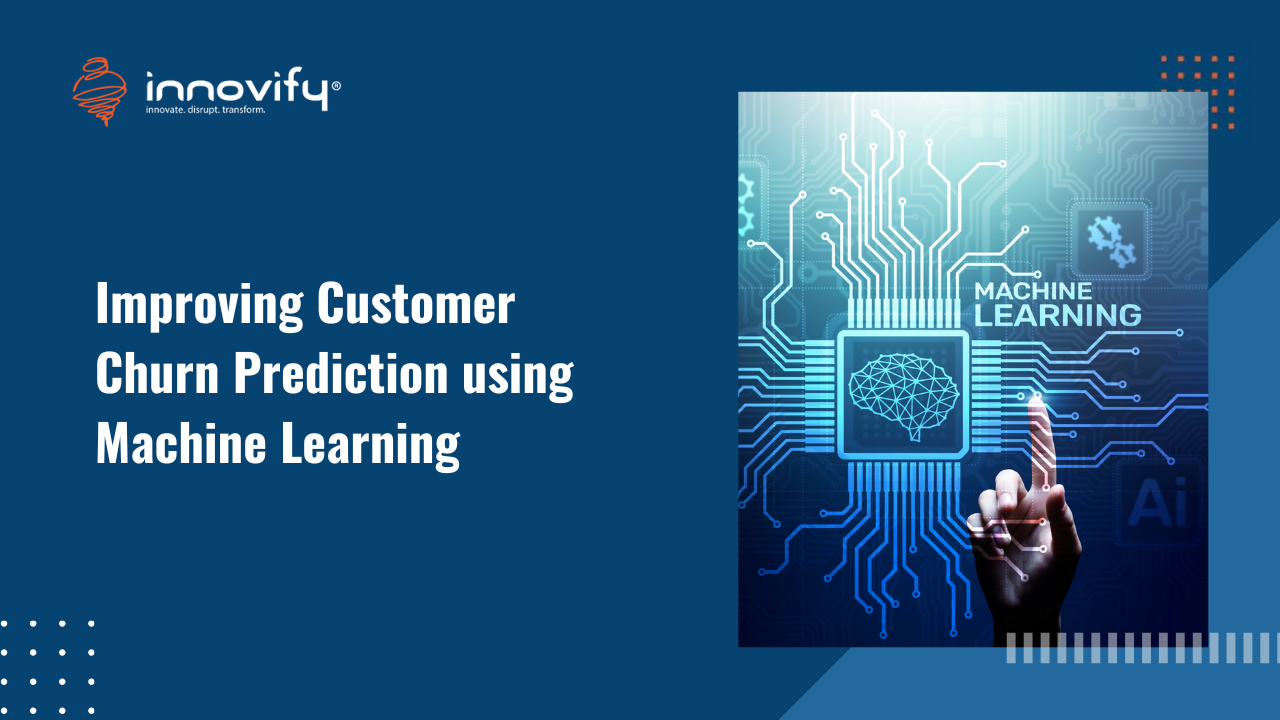AI/ML
Mastering MVP Development with Innovify’s Agile Approach
MVP in Agile: How To Do It the Innovify Way
In the fast-paced world of product development, getting your product to market faster is essential to business success. However, creating a fully-featured product from scratch can be time-consuming and costly, leading many startups to fail.
In fact, 35% of startups fail due to no market need, 15% due to price/cost issues, and 8% due to poor products. What this means is startups need to be careful before building a product full-fledged.
This is where MVP comes in.
MVP is a development technique that focuses on creating a basic version of a software product with just critical features to satisfy early adopters and gather feedback for further development. This method allows product owners to test the waters, validate their assumptions, and iterate on their products quickly.
The MVP approach has been proven successful by many startups, such as Dropbox, Uber, and Airbnb, starting with a minimum viable product that was refined over time based on user feedback. By starting small and testing the market, they were able to save time and money while creating a better product that met their users’ needs.
Relationship Between MVP and Agile Methodology
MVP and Agile methodology go hand in hand, with MVP being a key component of the Agile approach to software development.
Agile methodology is a process that emphasizes flexibility and collaboration between development teams and stakeholders. It involves breaking a project into small, manageable chunks called sprints, completed within a set timeframe.
MVP fits into Agile methodology by providing a framework for developing and testing products in small increments. By creating a minimum viable product, product owners can quickly get feedback from users and stakeholders and make adjustments as needed. This approach allows for continuous iteration and improvement, a core tenet of Agile methodology.
Moreover, the MVP approach aligns well with Agile’s emphasis on collaboration, which requires frequent communication between developers, stakeholders, and users. It also fits well with Agile’s focus on flexibility, allowing teams to pivot quickly if they discover their product isn’t meeting users’ needs.
Lastly, in an Agile environment, MVPs can be developed and tested within a sprint, with new features and functionality added in subsequent sprints based on user feedback. This approach ensures that the product constantly evolves to meet user needs and that development efforts focus on features that provide the most value.
How to Build Your MVP the Right Way
We at Innovify have been building software products for over a decade. We’re the early Agile adopters and have built hundreds of MVPs for software projects. Here is our approach to MVP:
1. Defining Your MVP
Before developing an MVP, you need to define how it should look and its components.
Defining your MVP involves identifying your product’s core features, understanding your target audience and their needs, and setting goals and priorities.
- Identify your product’s core features: The core features of your MVP are the minimum set of features necessary to deliver value to your users. These features should be defined based on user needs, market demand, and your product vision. When identifying core features, it’s important to prioritize your MVP features based on their importance and potential impact on users.
- Understand your target audience and their needs: Your MVP should be designed to meet the needs of your target audience. To do this, you need to understand who your target audience is, what their pain points are, and also, what they are looking for in a product. This can be done through market research, user surveys, and other methods of gathering user feedback.
- Set goals and priorities: Setting goals and priorities for your MVP helps you stay focused on what’s important and avoid unnecessary features or functionality. It’ll help if your goals are specific, measurable, attainable, relevant, and time-bound (SMART). Prioritizing features based on user needs, market demand, and potential impact on users can help you stay on track and utilize your resources.
By defining your MVP, you create a clear roadmap for development and ensure that your MVP meets your business goals while delivering value to your users.
2. Developing Your MVP
Once you have defined your MVP, it’s time to develop it. Here are our recommendations:
- Choose the right technology stack: The technology stack you choose will depend on the nature of your product and the goals of your MVP. We recommend you choose a technology stack that allows you to develop and deploy your MVP quickly while also providing the flexibility and scalability you need to add new features in the future. For instance, if your MVP needs to embed AI, you should use Python for your backend.
- Develop a scalable architecture: A scalable architecture is essential for an MVP as it allows you to add new features and functionality as your product evolves. Your architecture should be modular, flexible, and easy to modify.
- Design a user-friendly interface: Your MVP design should be simple, clean, and focused on the core features of your product.
By focusing on these key areas of development, you can create an MVP that delivers value to your users while laying the foundation for future development. It’s important to strike a balance between speed and quality and to avoid getting bogged down in unnecessary features or functionality.
3. Testing and Gathering Feedback
User feedback is the core purpose of most MVP projects, which means you should gather it as early and as often as possible to ensure that your product meets the needs of your target audience. You can use various methods, such as app analytics, surveys, focus groups, interviews, and user testing for this.
Based on your feedback and data analysis, you should identify areas of your MVP that need improvement.
You can use the following techniques to test your MVP:
- Prototype Testing
- Regression Testing
- Load Testing
- A/B Testing
- Split Testing
- Usability Testing
- Exploratory Testing
- Smoke Testing
When selecting a testing technique for your MVP, there are several aspects to keep in mind, such as the type of MVP, the stage of development, your goals and priorities, and your resources and budget.
For example, if your MVP is a mobile app, you may want to consider usability testing on actual devices. If your resources are limited, you may want to consider less expensive techniques, such as prototype testing.
By considering these aspects, you can select the right testing technique for your MVP and ensure that you are gathering the data and feedback you need to make informed decisions about the future development of your product.
4. Launch Your MVP
Once you have developed and tested your MVP, the next step is to launch it to your target audience. This can be an exciting and nerve-wracking time, as you will finally be putting your product into the world. Here are some tips to help you launch your MVP successfully:
- Set clear goals: Before you launch your MVP, make sure you have clear goals in mind for what you want to achieve. This could be as simple as getting a certain number of sign-ups or downloads or more complex, such as generating a certain amount of revenue. By setting clear goals, you can measure the success of your launch and make informed decisions about future development.
- Create a web page: A web page is a dedicated page on your website that promotes your MVP and encourages people to sign up or download it. A well-designed landing page can help you generate interest in your product and drive conversions.
- Leverage your network: Reach out to your contacts, including friends, family, and colleagues, and ask them to help promote your MVP. Word-of-mouth is a powerful marketing tool, and getting early adopters can help generate momentum for your product.
- Monitor feedback and iterate: Once your MVP is launched, monitor user feedback and iterate based on what you learn. This will help you improve your product and ensure that it continues to meet your target user needs. You can use analytics tools like Hotjar and Google Analytics for this step
Remember that an MVP is the first step in a long product development journey and that continuous iteration and improvement are key to long-term success.
Bottom Line: Continuous IT Support is Critical for MVP Success
MVP is a powerful tool for testing and validating new product ideas in a lean and agile way. By focusing on the core value proposition and building only the essential features, you can minimize development time and cost while maximizing the chances of success.
However, an MVP is just the initial version of a product, and it will likely undergo significant changes and improvements based on user feedback and market trends. Therefore, you’d require continual IT support to ensure your MVP remains functional and effective throughout the scale-up process.
By having a dedicated IT support team like Innovify in place, you can increase the chances of success for your MVP and build a product that delivers value to your users and your business.



